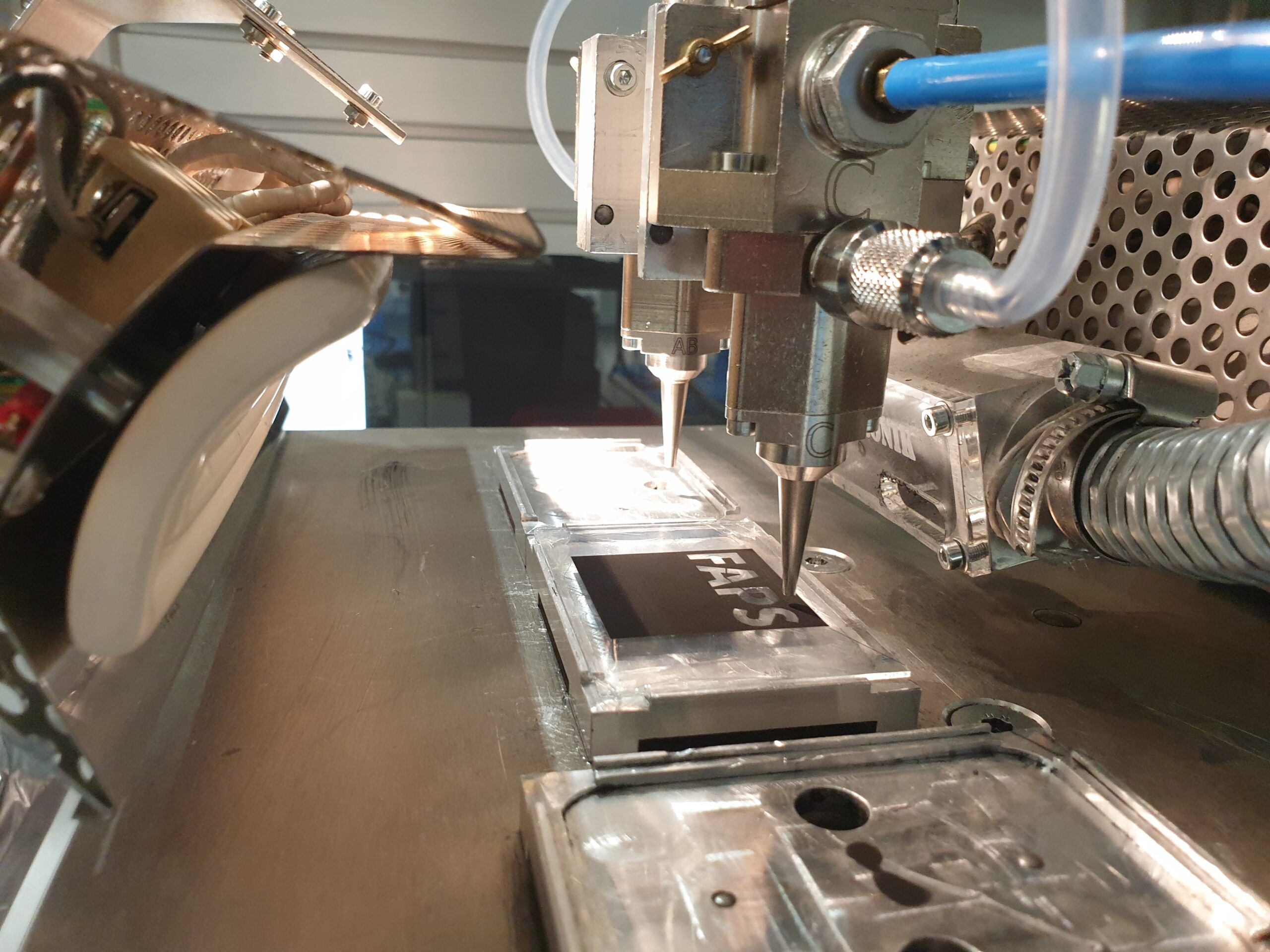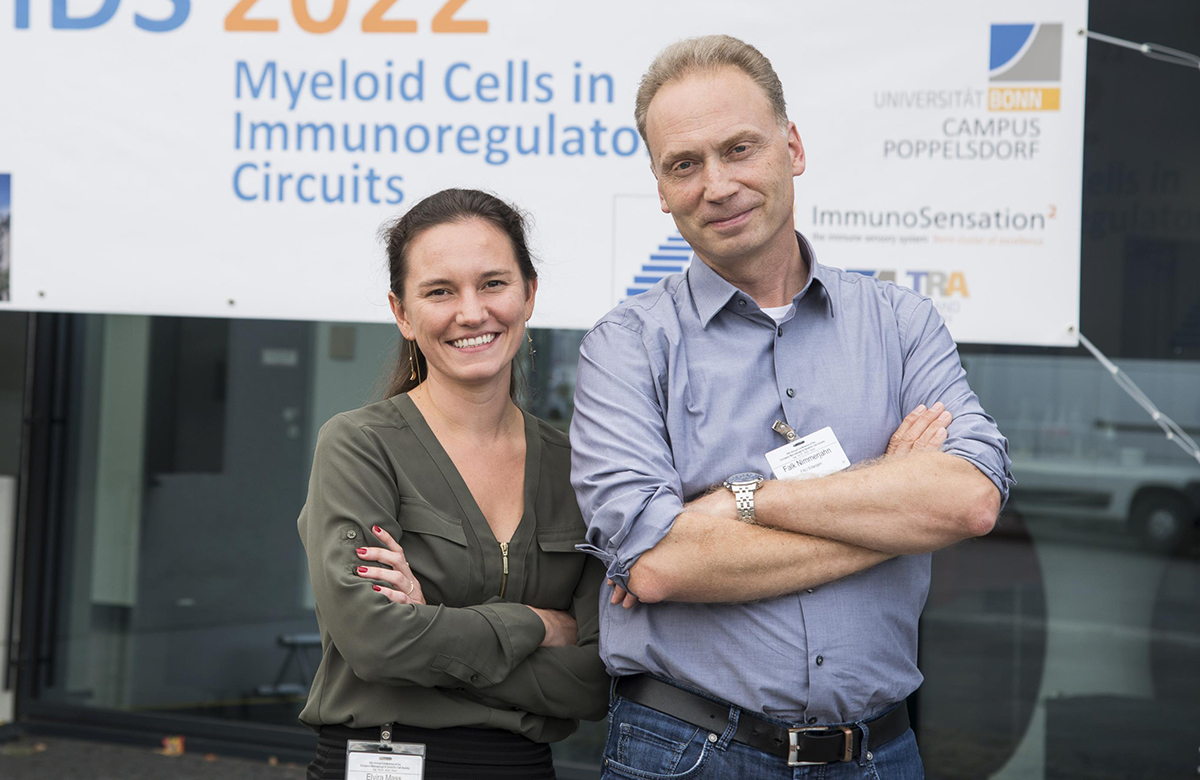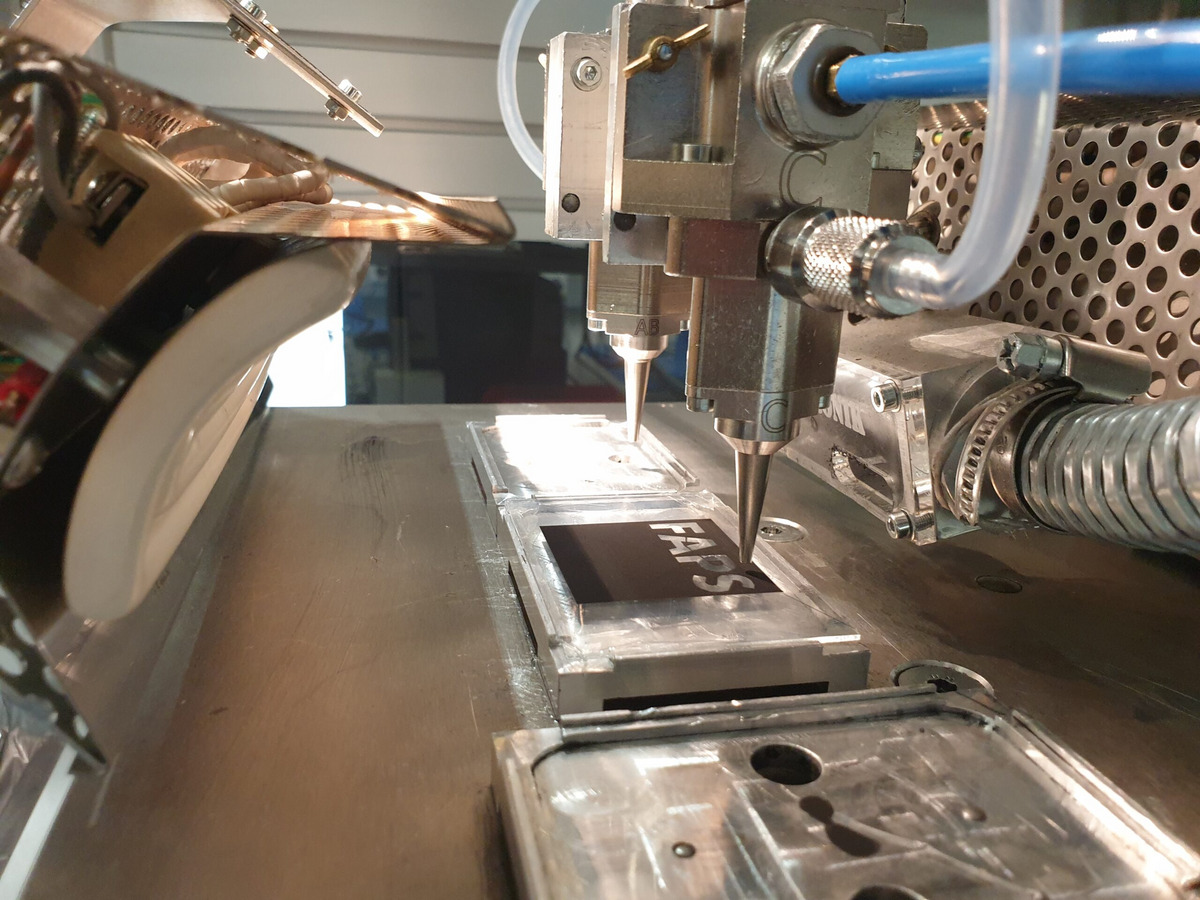DFG funding for FAU researchers: Methods for the production of high-frequency assemblies and how giant macrophages control tissue development
The German Research Foundation (DFG) is funding a new research group at FAU: the scientists from ‘3D-HF-MID’ want to develop new methods for manufacturing high-frequency assemblies. The research group is expected to receive around 3.2 million euros in funding for five years. The spokesperson is Prof. Dr Jörg Franke from the Chair of Manufacturing Automation and Production Systems (FAPS). In addition, FAU Professor Falk Nimmerjahn, Chair of Genetics, is co-spokesperson of the new research group ‘MagNet: Macrophage Niche Network Dynamics’. The researchers are investigating how macrophages, i.e. giant macrophages, control tissue development and function. The DFG is setting up a total of eight new research groups, which will receive funding totalling around 30 million euros.
The ‘3D-HF-MID’ research group
From the automotive and aerospace industries to telecommunications and information technology, many successful sectors in Germany are facing the challenge that conventional assembly and connection technology for high-frequency assemblies will reach its technological limits in the near future. The search is therefore on for a design and manufacturing methodology that encompasses three-dimensional substrates, outstanding surface quality, a greater choice of materials and economical manufacturing processes. The DFG research group ‘3D-HF-MID’ is focussing precisely on these previously unsolved challenges. The use of electronic assemblies - so-called mechatronic integrated devices (MID) - opens up completely new possibilities for the spatial design of high-frequency products. An interdisciplinary team from FAU (Chairs of Manufacturing Automation and Production Systems - FAPS, High Frequency Technology - LHFT and Institute Materials for Electronics and Energy Technology - i-MEET) and the Helmholtz Institute Erlangen-Nuremberg will research the entire process chain, including material synthesis, geometric design and manufacturing processes, both simulatively and physically. This will create the basis for a newly thought-out design methodology and manufacturing process technology for spatial high-frequency systems.
The ‘MagNet: Macrophage Niche Network Dynamics’ research group
Macrophages are immune cells that are found in every organ of the body. In research, the main focus has so far been on their role in connection with immune defence and inflammation. In contrast, the new ‘MagNet’ research group is focussing on the question of how macrophages control tissue development and function. Macrophages also influence the development, regeneration and repair of tissues; however, this fundamental function has not yet been systematically researched. Using state-of-the-art methods such as single-cell analyses, imaging and computer-aided modelling, the research group aims to investigate how macrophages interact with cells in their immediate environment - their so-called ‘niche network’ - and thereby ensure the functionality of organs. The interdisciplinary research group, consisting of the University of Bonn, FAU, the University Medical Centre Hamburg-Eppendorf and the University of Freiburg, aims to decipher both general and tissue-specific communication processes.
DFG Research Units enable scientists to address current and pressing issues in their fields and to establish innovative research directions. The DFG is currently funding a total of 199 Research Units, 12 Clinical Research Units and 17 Research Training Groups.

An aerosol jet printer can be used to shape functional materials. (Image: Sebastian Reitelshöfer (FAPS))

Speaker Prof Dr Elvira Mass, University of Bonn (left), and co- speaker Prof Dr Falk Nimmerjahn, FAU. (Image: Brigitta Leber)



